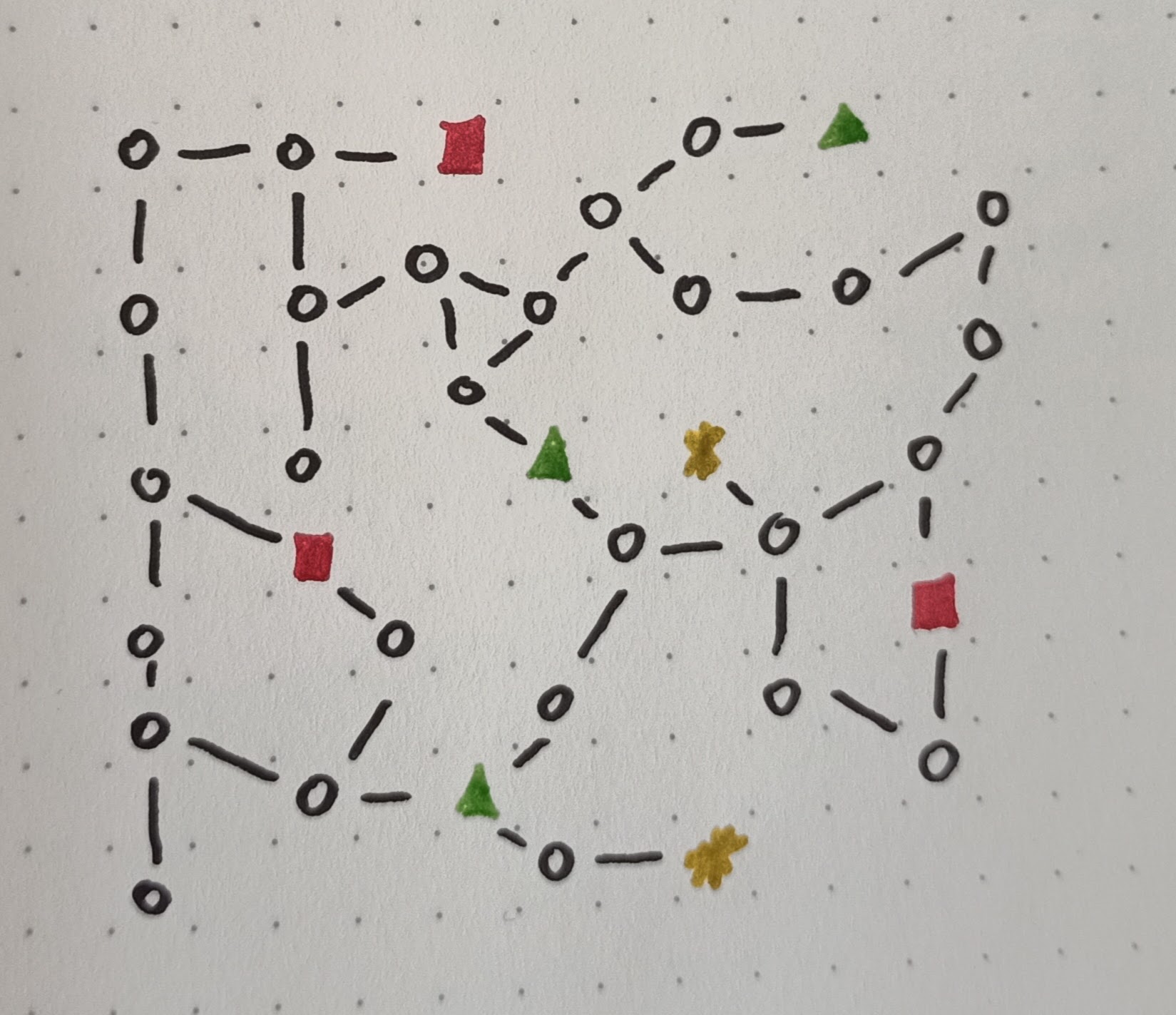The Origins of Evolutionary Innovations
author: Andreas Wagner
related books: How Innovation Works, Robustness and Evolvability in Living Systems, The Origins of Order, Why Greatness Cannot Be Planned

The main takeaway
Evolution is one of the most potent forces in the universe, having created everything in the biosphere and, some would argue, was the invisible hand behind all our technological innovations. Variation and selection intuitively explain how phenotypes are optimized to their environment, e.g., an enzyme that becomes more efficient or a bee's mouthpiece that evolves to match a flower's shape. However, it is less clear how new phenotypes (e.g. a new enzyme function or a new morphology) arise. Wagner, who previously wrote a brilliant book on robustness and evolution, outlines a theory on the evolution of biological innovations. He mainly studies three prototypical biological systems: gene regulatory networks, metabolic networks and sequences such as RNA and proteins. The implications go far beyond these, reaching higher functions and even the evolution of technology.
The main intuition pump in this work is the genotype network, a graph containing all genotypes connected by a mutation (i.e. that can be reached in a single step) and producing the same phenotype. So moving on this graph network via mutations is neutral; selective forces are blind to it. Wagner goes to great lengths to describe the properties of these graphs, both from a theoretical point of view and based on hundreds of empirical experiments on diverse biological systems. The networks are usually vast, covering large fractions of the genotype space. Different genotype networks are also closely intertwined, allowing for quickly hopping from one phenotype to a new one.

Genotype networks are exquisite concepts to think about evolution, much more profound than fitness landscapes. The latter only conveys a single, one-dimensional property, fitness, whereas genotype networks paint a picture of many different phenotypes without imposing an ordering. Genotype networks allow the exploration of neutral mutations that can lay the foundation for later beneficial mutations. Wagner outlines the various implications:
Robustness occurs in regions where the genotype network is dense, so mutations are likely to preserve the phenotype. Such regions are found to be highly evolvable.
Recombination allows making large jumps in the genotype network.
Duplication is a way to explore multiple paths in the genotype network simultaneously.
The most profound insight of the book is that evolution is more than mere selection of the fittest. Self-organization is equally important, as this creates the genotype networks that random walks can explore.
Who is this for?
The Origins of Evolutionary Innovations is denser than a typical popular science book, though a more pleasurable read than a textbook. This book requires a sizeable familiarity with molecular biology, though the main ideas should be accessible to anyone. The theoretical chapters are especially rewarding, as they give a fresh perspective on how to look at evolution.